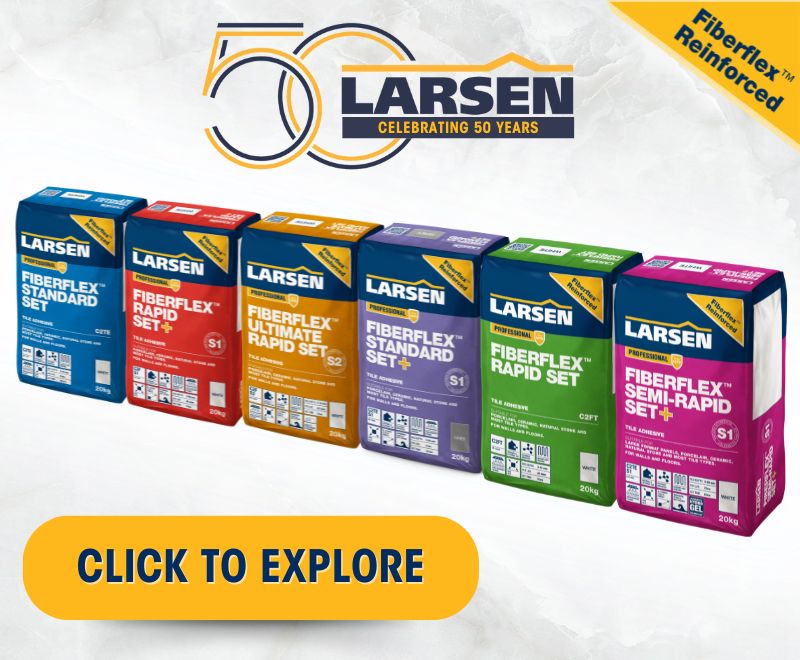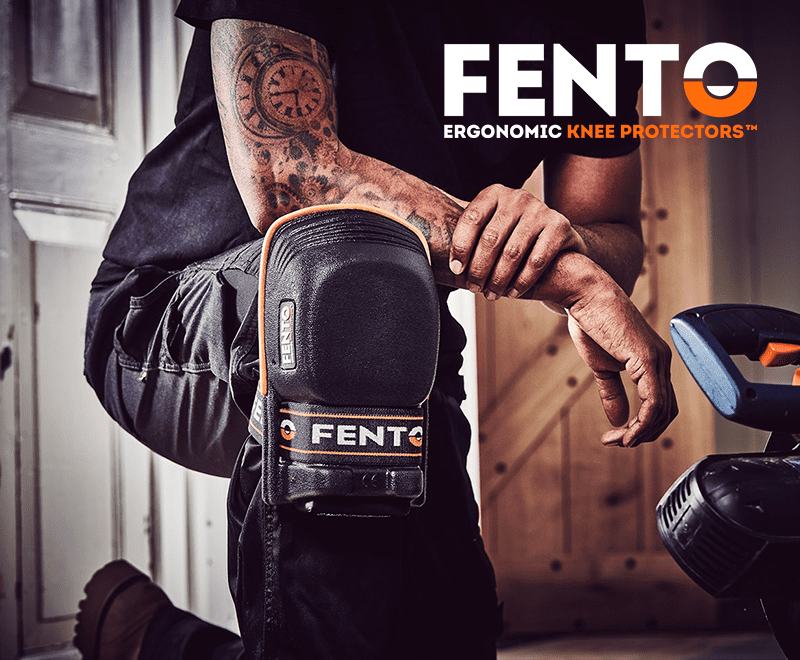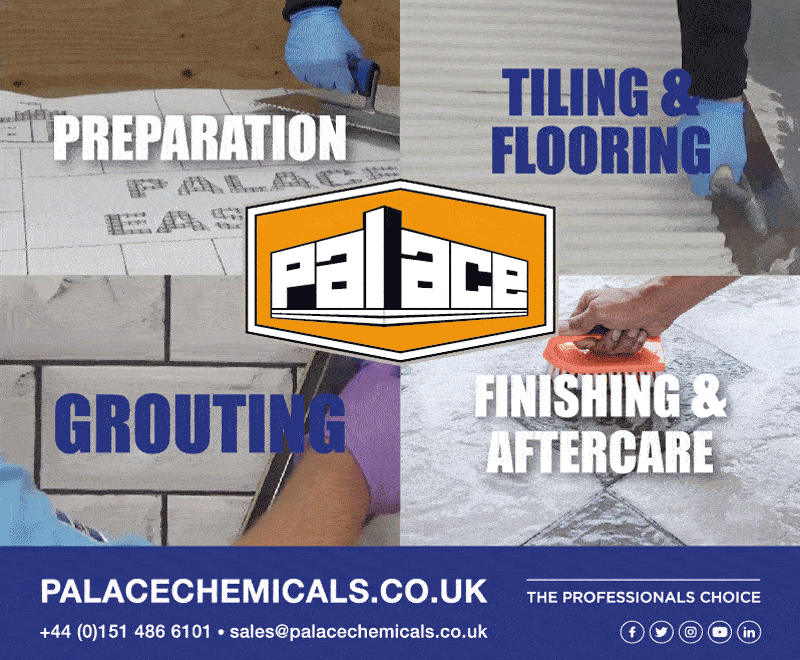Jim Percival, technical director at Palace Chemicals, considers some of the factors involved in achieving successful mosaic tile installation
MOSAIC tiles continue to enjoy popularity because of their unique aesthetic appeal and, because of their versatility, being equally suitable for bathrooms, kitchens, living rooms and various commercial applications. They can add character and personality to any tiled space, coordinating and contrasting with larger tiles, or as a feature, as they can be made from various material types – such as ceramic, glass, metal or stone, each material adding individuality to the tiling installation.
However, because of their small size and as they mainly come mounted on sheets, normally 30cm x 30cm, they require specific techniques on the part of the tile fixer for their installation.
The versatility of mosaics means they can be used almost anywhere and some are even suitable for use in areas where a certain amount of background movement can be anticipated, such as on heated floors. When fixed correctly, they can equally be used in internal or external areas or in installations which are totally immersed, such as swimming pools, where they’re a popular solution.
Like all tiles, mosaics need to be laid on a clean and level substrate to ensure proper adhesion, and other aspects of installation will be familiar to all tile fixers. However, the main difference is that most mosaics are mounted on a sheet, which should be considered as a single unit for installation purposes, and care should be taken not to break or damage any part of the sheet.
Normally a white standard or semi-rapid adhesive will be required when fixing translucent mosaics or glass, bearing in mind the adhesive colour may affect the shade of the finished installation.
This consideration is referenced in the British Standard for Wall and Floor Tiling, BS 5385-3: 2024 – 8.1, which states: ‘It should be appreciated that the colour of grout and bed materials, when seen through translucent tesserae, affects the shade of the finished work.’
The use of a standard set or semi-rapid adhesive provides extra working time for setting out and fixing mosaics. This is particularly advantageous for work with mosaics, as often the reason for using them in the first place is to enable more complex and intricate tiling patterns, which by their very nature require more time for laying out and repositioning.
As well as giving the fixer extra working time, semi-rapid adhesives also have the advantage of enabling grouting to commence after just six hours, instead of having to wait the 16-24 hours generally required for standard setting adhesives.
With regard to installation procedures, the joints between the sheets of mosaics should be the same as the joint width between the tesserae. For this reason, it may be necessary for the exact positioning of non-structural movement joints to be determined during the mosaic installation. Staggering of the mosaic sheets is recommended to maintain joint uniformity, which also means additional adhesive working time will be required during the fixing process.
In some instances, the tesserae may not be of uniform thickness which means thin-bed fixing methods won’t be suitable. Generally, the installation of mosaics and glass tiles should always be done on a solid bed of adhesive, which will assist with the fixing (especially in frequent wet areas or total immersion). As a rule, up to 6mm bed depth should be planned for, to cope with variations in tesserae thickness.
It should also be noted that, as per BS5385-1, if there’s a mesh backing to the mosaic, this shouldn’t cover more than 25% of the tile back as this will impact on the bond with the adhesive and the tiles themselves, particularly if the mosaic is used externally or in a pool. If the mesh is too dense or has a waterproof coating (like certain resins), it may compromise adhesion and should be removed or replaced with a suitable product.
According to BS5385-1: ‘The backing material and its adhesive shouldn’t occupy more than 25% of each tessera; the critical factor is the spread of the adhesive over the tesserae.’
The mesh should be of open-weave type to allow adhesive penetration and should be firmly bonded to the tesserae but not act as a barrier. If the mesh is coated with glue or resin that resists wetting by a thin set adhesive, this may require removal.
For paper-faced mosaics it’s the same process as with normal mosaics. You should wait for the tiles to dry before removing the paper and grouting. The grout should be rubbed over the surface to completely fill the joints. After the grout has hardened it should be wiped off the surface of the tesserae using water.
It’s advantageous to use a grout with fine particles, as these are less likely to scratch the surfaces of the mosaics when they’re being grouted or wiped off. If using a standard set adhesive, this should be allowed to dry for at least 24 hours. Be careful however not to allow the grout to dry before cleaning up at the end of the job, as this can also cause damage to the mosaic surface.
After the mosaics are fixed, the application of a waterproof sealer is important to retain the condition of the mosaics and to prevent moisture getting into the substrate, especially if the mosaic is exposed to water or weather. For indoor mosaics, a water-resistant acrylic sealer is suitable. Applying a sealer to the grout will protect it from stains, as well as inhibiting the growth of mould and mildew.
If these techniques are followed, a unique and highly personalised mosaic finish can be achieved which is suitable for many different installation types.
www.palacechemicals.co.uk











